
I'm Alex Kearney, a PhD student studying Computer Science at the University of Alberta. I focus on Artificial Intelligence and Epistemology.

I'm Alex Kearney, a PhD student studying Computer Science at the University of Alberta. I focus on Artificial Intelligence and Epistemology.
Dylan and I rang in the new year with a project night at Kat and Rory's. Kat has an old knitting machine that we managed to get going again---a passap vario. By 2:30 in the morning, we had our first machine knit project: a cape.
It feels good to ring in the new year with a silly and achievable project. I've learned something new, I've made something small, and the year's just begun.
Dylan and I made our way up to Canmore this weekend. We stopped by the old lake I used to swim in as a kid to try some astrophotography. I captured Rundle mountain with a whisp of the milky way streaking up after a little practice.
There's still a lot to figure out, but I'm happy with my first attempt.
Recently, I was invited to give a talk at a philosophy workshop co-located with one of the conferences on interdisciplinary science in Porto. I spent close to two weeks in town. Dylan was in London for a meeting; we were lucky enough to be able to overlap our trips and take a little break in Porto for a few days.
Porto seems like a city in flux. When you talk to locals, they say it was very different five years ago. There's evidence of this in the cityscape. Wandering around parts of porto you'll find brand new developments sprouting out, giving the city a new face.
While the city seems to be growing and changing, by taking a few steps off the path---or, in some cases while staying on the path---you'll find derelict buildings. Walking to my accommodation when I arrived, I spotted a hollowed out building wedged between two still in use. Looking in the vacant windows you could see the roof had fallen in and only a few beams were left. This is the case in some of the more touristy areas as well. Next to some of the major museums, the university, or on your way to one of the port houses, you'll find buildings that are boarded, or with shattered windows.
I'm not sure what the story is there.
One of the reasons to visit Porto is to enjoy the architecture. Many of the city's historic buildings are covered in beautiful tiles. The facades and interiors of public spaces---including churches and train-stations and the like---are covered in scenes that are painted on tiles. The waterfront buildings are vibrant and colourful. You'll find bright buildings with clotheslines air-drying laundry above wine houses with delicious tapas.
There are also many examples of Baroque churches throughout town. These are gilt to excess, putting even spanish churches to shame. I guess that's the historical bounty of pillaging Brazil on display. While impressive, these churches are overwhelming: one was enough for me.
Interestingly, the cathedral is less visually shocking. Situated at the top of the hill overlooking both sides of the river, it's an older, more reserved example. I visited in the hopes of escaping a torrential downpour until the weather cleared. This was an excellent opportunity. While gargoyles have kept watch over many places I've visited, this was the first time that I'd seen one performing it's less spiritual duty: siphoning water away.
While I was aware of the cathedral before making my impromptu visit, I didn't know that one of its towers was open to the public. Clerigos Tower is most frequently suggested by travel guides, but the view from the cathedral is much more grand. Climbing up from the courtyard, you emerge to a panoramic view---possibly the highest in town.
The character of the city's architecture can be found not just in the facades of buildings, but also in the details and construction techniques. Many of the historic buildings in Porto with rich wood panelling actually have no wood at all! For instance, the walls and staircase of the famous bookstore, Livraria Lello, are made from plaster. At first glance, you wouldn't think it. Even when you're primed and looking for examples around town, it's difficult to discern the plaster imposters from the genuine lumber articles. Only when the facades are worn and chipped is it possible to be certain.
The people in Portugal are friendly and patient. They even overwhelmingly tolerated my terrible Portuguese. Some even taught me words so that I could make it through my next order at the local bakery a little more efficiently. Portuguese bakeries are as good as they are prolific. It's easy to start the day by grabbing and espresso and a tart while sitting in in a square.
Dylan and I happened to be visiting Porto during the 2019 Canadian federal election. When we sat down for dinner on the eve of the election, we found that the couple seated next to us at the bar were a couple from Calgary living in Vancouver. It's a small world.
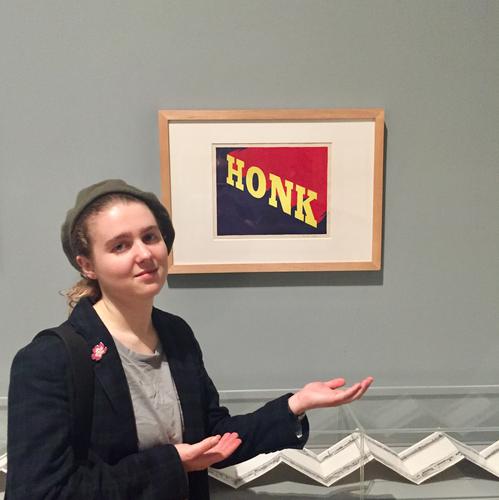
Press Y to
It's been 10 years since I've been to the Tate. The last time I visited was the beginning of a trip through London and Paris to visit the major galleries.
I remember seeing the turbine room when How It Is was on display: a massive empty container that swallowed the light up as you walked inside.
My first visit to the Tate was also my first introduction to modern art. Now I'm visiting on a stop-over.
Here are the four exhibitions that struck me most:
A retrospective of Panayiotis Vassilakis' work. Many of Takis' pieces made tangible the invisible electromagnetic forces around us. Impossibly large pieces---likely made of lighter materials---brought from their resting position to hover next to a large magnet.
In the exhibition they also had a number of Takis' notebooks, where he had engineering drawings and plans for sculptures. Curator notes had quotes where Takis discussed the interdisciplinary nature of Art and it's relation to engineering and sciences. You can feel that sentiment in his work. Early pieces used aeronautical instruments salvaged from WWII aircraft, taking functional technical gauges and repurposing them for sculpture. Some of his later pieces were simple enough to be made commercially available.
Ed Ruscha is an artist that started their in design. Many of their pieces are serious, visually appealing paintings, with weird mish-mashes of slogans typeset on top: bliss bucket.
Turning around the corner to enter the main exhibit, I was caught by a beautiful Rocky Mountain sunset with exaggerated blues and deep contrasting colours interrupted by typesetting over top: PAY NOTHING UNTIL APRIL. Every time Dylan and I re-entered the main room from one of the peripheral displays, I had to laugh.
One of the quieter exhibitions was Naoya Hatakeyama's cityscape photos of Japan. Naoya layers paper prints and transparencies over a lightbox. The resulting photos are scaled-down intimate photos of urban environments that seem to twinkle.
Dylan recently watched a documentary on Olafur Eliasson's work, and was taken with the mono-frequency light installations he did. While we were on our way to the Tate's rooftop lookout, we decided to take the elevators: a largely unused space. Once the elevator doors closed, and the outside light was shut out, the colour was sapped from the room by the yellow mono-frequency light. The elevators---a space you only use to get from one place to the other---was turned into an installation.
Serendipity.
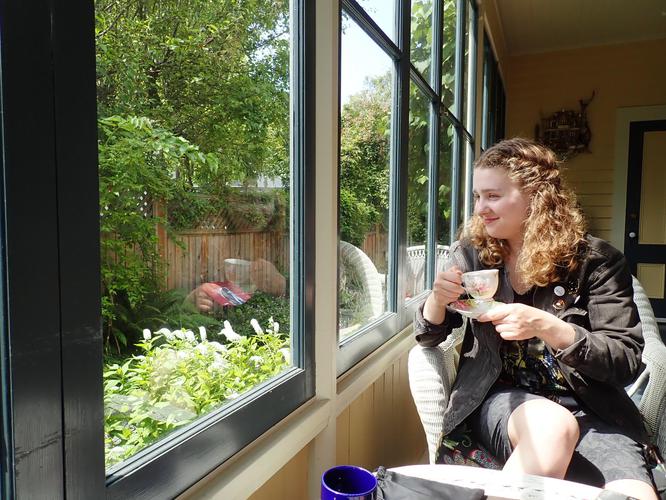
It's always interesting to see the origins of an artist you admire. Dylan and I meandered up to beacon hill to see Emily Carr house---the house Emily Carr and her sisters grew up in.
The museum was uniquely curated: sparse on details, but scattered with quotes that captured the family's experiences. It's fitting for a modernist.
The Carr's house was a large victorian home close to the sea-side, butting up against Beacon Hill Park. Many of the quoted passages throughout the home captured the. It's easy to see where Emily Carr's interest in capturing landscapes came from.
One of the most exciting aspects of the home isn't restoration-related. During the winter months, when the home is closed off to the public, Emily Carr house is hoping, to have a artist residency. I'm excited to see what comes of that.
Quadra Island → Campbell River, British Columbia → Telegraph Cove → Blinkhorn Peninsula → Johnstone Strait → Hanson Island → Plumper Islands → Hanson Island → Telegraph Cove
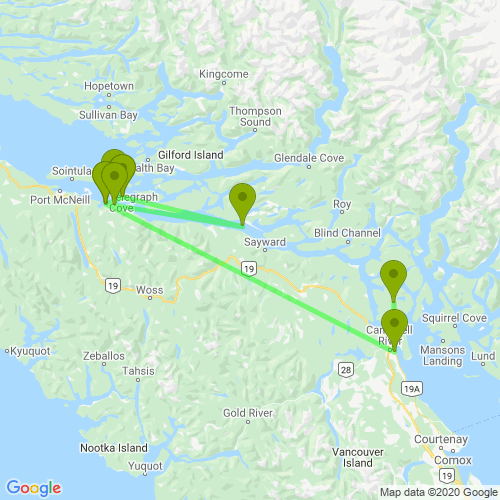
Today, I was one of many people picked up to go diving. When I hopped on the van, there was already a lady from Ohio. We chatted it up, and I found out she did software training with doctors. Neat. Next, we picked picked up a couple who spoke french on the way over. After seeing my shirt, they asked me if I was from Alberta. I was shocked to find someone on a dive boat in Japan that recognized Amii: the machine intelligence institute I belong to.
I climbed up to the top deck and chatted with them most of the way to the islands. Serendipity: they were both Canadian diplomats serving in South Korea. The both wanted to know more about AI. Evidently, their work touches on it: Korean investors are keen on Canadian, (and Albertan) AI research. I gave a boat-ride explanation on the differences between different machine learning methods, and how Reinforcement Learning---my favourite branch of AI---differs from many of the more common approaches to machine learning.
Today we did three lively dives: among the spottings were angelfish, clownfish, and sea-snakes. I had never seen clownfish before: one of the sea-creatures on my bucketfish. They were almost whisp-like; sentinels hovering over their anemone, keeping watch.
On our last dive, we went to a location with an abundance of sea turtles. It's always relaxing to watch these graceful creature slip through the currents; however, this dive was shockingly distressing. The dive-sites were heaving with other dive boats, with visitors kitted up to the gills. Almost every person on the other boats had top-of the line cameras with all the external flash-bulbs and lights. Thick gloves; thick booties.
As soon as our group made our descent, we found another group that was laying down on the coral reef. One of the divers was anchored onto living coral to get a shot of a turtle, completely oblivious that he was killing a vital member of his model's ecosystem. Satisfied with their shot, they kicked off the coral, breaking off six inches of stag-horn coral. For all the money poured into their gear, they didn't have even an ounce of buoyancy control.
There were so many disrespectful, dangerous divers. Crowding the marine life, grabbing the coral through the protection of thick, cumbersome gloves. Oblivious to their fins bashing into broad coral fans. If tourists keep treating the reef this way, it wont exist for much longer; ruined for everyone. Most of all, the turtles.
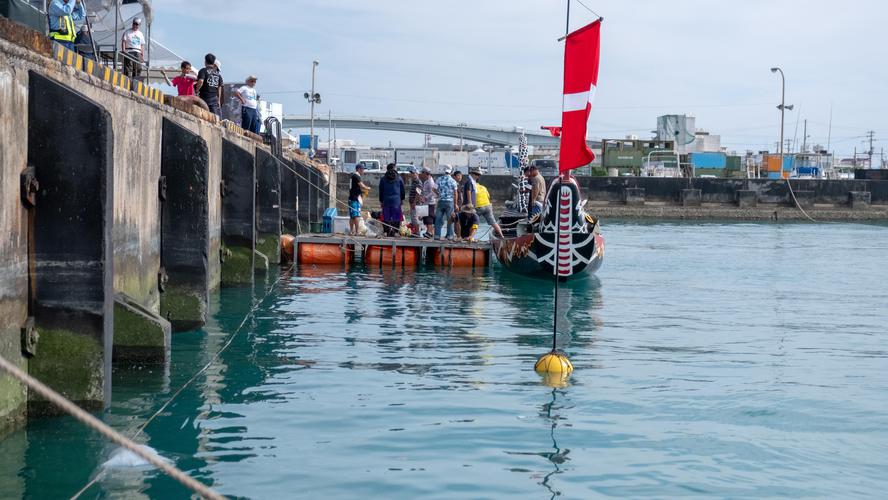
When Tetsu dropped me off at the hotel, I washed off the salt and found a cab to the Naha Hare. Lined up at the harbour were dragonboat races, board-walk amusement park rides, and a coast-guard ship.
There was something heart-warming about the fair: it was clearly a family event. Seeing parents, children, and grandparents sharing picnics on the tarmac and watching the races was refreshing. I was the only tourist that I could spy. Not even military families made their way down the island; however, I find a lone gaggle of white women in kimonos.
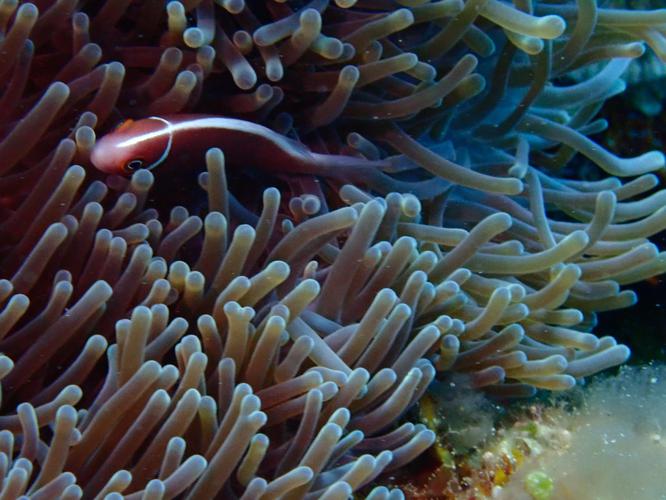
Today was my first day in okinawa. Tetsu picked me up from the hotel and we made our way to a small harbour for the day. I was the only person picked up, but three Thai kids around my age met us at the boat. They were lovely.
We saw so many nudibranchs in every shape and size: my favourite sea creature. Seeing so many was a real surprise. During the summer, these sea slugs make their way into the coral to beat the heat. Being on the cusp of the season, it was a gamble as to whether we'd see them. This was the first time since high school that I'd seen them. Unlike my encounters in the Florida keys, the nudibranchs were so varied in colour: jet black, pale cream, bright blue. Spiky, smooth, and geometric.
It felt good to jump in the pool. To be honest, I hadn't quite relaxed since arrived in Japan. I had a lot of fun, but there was no down-time. Laying back on the boat between dives and letting the sun warm me up provided a much needed breather.
When we arrived back on land, Tetsu asked if I wanted lunch. After spending the morning swimming with the fishes, we ate at a local fish market. We wandered around the stalls and settled on a local soba place: the best soba I've had.
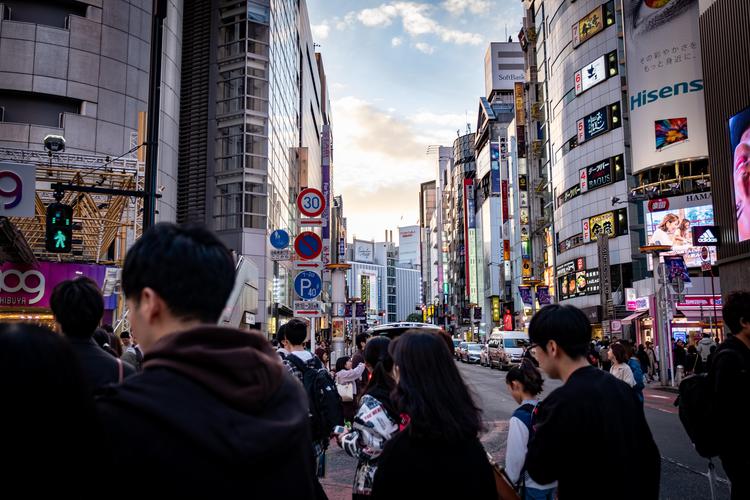
We wandered by Shibuya in the evening, just as the sun was setting. After emerging from the subway, we found ourselves pushing through a nationalist rally. Just as the speaker handed a microphone to a middle-aged woman, we crossed behind her: directly in the camera's line-of-sight.
I guess strong xenophobic sentiment is still and issue. In one of the department stores is a patio which hosts live music and has the best view of Shibuya crossing: one of the busiest intersections in the world.
We climbed to the observation deck and watched the hoards of people flood the street to cross along the chasm of the scramble. It wasn't until I started taking long-exposure shots that I noticed something: within the swarms of people are little stationary specks. You could see clusters of people taking selfies in the dead-centre of the crossing.
I recently made a hat for Matt. I used some super-soft alpaca yarn that I picked up from an industrial-revolution era wool spinner located in Alberta. I managed to find a colour which was close to the alpaca logo they use on their site to keep it on-brand.
The pattern I ended up using was a free japanese pattern. I wasn't quite sure how to read the ribbing section, so I used a slip-stick to give it a slightly elongated stitch to match the faux cabling.
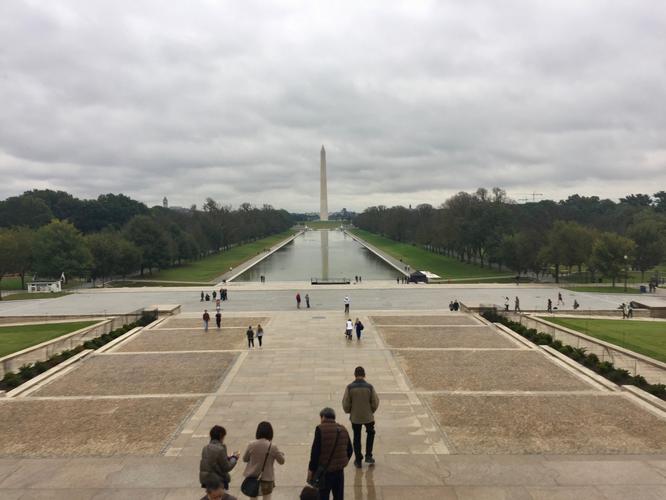
I had a chance to walk around Washington for a few hours with Johannes.
We first visited the Lincoln Memorial, which was shockingly smaller than I had expected. You grow up seeing all these monuments in art and movies; when you finally see the real thing, it's a bit weird.
It's this uncanny valley that you wander into. You're so familiar with the monument as media short-hand for some idea, that the real monuments seem somehow incomplete. There's these grand larger-than-life expectations of iconic monuments, and then there's the reality of wandering up to the monument which looks largely the same as any other statue.
There's several minor monuments around the perimeter of the mall. This one was one of my favorites, because it's been transformed into a roundabout.
When I die, I want my legacy to be immortalized into a neo-classical traffic circle.
The MLK memorial was strange. It's much newer than I expected---completed in 2011. To get to the plaza, you emerge from between a mountain split in half into a plaza. The plaza is wide open space looking over a lake with what looks like the peak of the mountain hurled into the center.
When you approach the slab from the other side you're greeted with MLK's likeness looking off into the corner. The concept is neat. The statue itself seems a bit stern.
"Out of the mountain of despair, a stone of hope."
The Vietnam War Memorial is probably one of the most influential monuments on popular culture---It seems to be referenced the most. It's relevance makes sense: it's the most recent war monument. Many people have immediate family who fought in the war.
It's simply a chevron of names cut into the ground. What was truly interesting was the collection of volunteers manning the monument.
These volunteers seemed to predominantly be Vietnam vets. They stood around the monument, helping visitors find the names of loved-ones. They even had cards and a step-stool to take rubbings of the monument, allowing people to take the name home with them.
The Thomas Jefferson Memorial is almost feels more impressive than the Lincoln memorial.
The statue was placed in the centre of a circular room. Inscribed on the walls were a selection Jefferson's quotes.
Interestingly, there was this quote on constitutional inerrancy which I thought was strikingly poignant, especially with the discussion of restricting gun ownership in the wake of numerous mass shootings. I guess certain legislation gets enshrined as being beyond criticism, even against the intent of those who influenced it.
Johannes and I continued around the park, wandering around before grabbing a bite. As the morning shifted into the afternoon, the mall came alive with numerous charity events and political marches.
Before heading to lunch, we made an obligatory visit to the White House. Again, it was much smaller than I imagined it would be. I'm fairly certain it's smaller than the albertan provincial legislative buildings.
Examining the roof-line, there is a hint of grey concrete which seems out of place with the neo-classical mansion. There's what looks like a reinforced bunker on the top of the building. On closer inspection, there was someone standing on the roof with some kind of gun, surveying the surroundings.
People-watching in front of the White House is fascinating. A number of protestors were lining the pavement where tourists were taking photos. A man was pacing back and forth across the length of the White House Lawn with a sign imploring republicans to stand up to Trump.
When I was crossing the border, the homeland security officer gave me recommendations for Washington. One of them was Old Ebbit Grill.
This place is my aesthetic. It has a nice, quiet warmth to it. Wood paneling and dim lighting; hunter green velvet couches; walls mounted with trophies rumored to be shot by Teddy Roosevelt.
After lunch we wandered around town, spending the last couple of hours taking in the streets on the other side of the mall and lamenting the fact we didn't get to visit any of the Smithsonian museums during our trip.
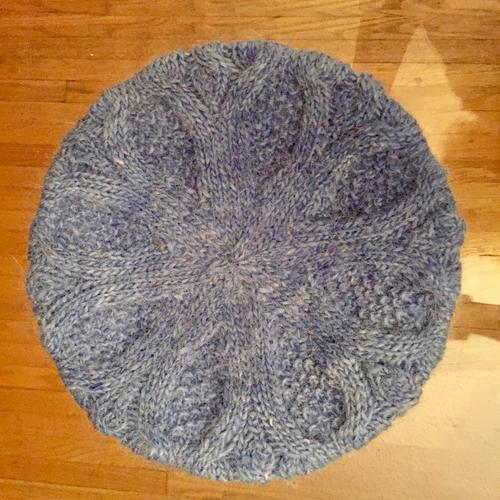
My aunt took me out to Stoney Plain to hit up Jo's Yarn Garden: one of the best yarn stores in Alberta. As a thank-you I decided to make her a cabled tam.
I used some ice-blue yarn with a white heather that my cousin got for me from Iceland. I was looking for something simple, but with cabling to add some visual interest. I opted for the Bramble Beret, which felt appropriately Scottish.
I spent my first weekend in Toronto looking for two things: coffee and yarn.
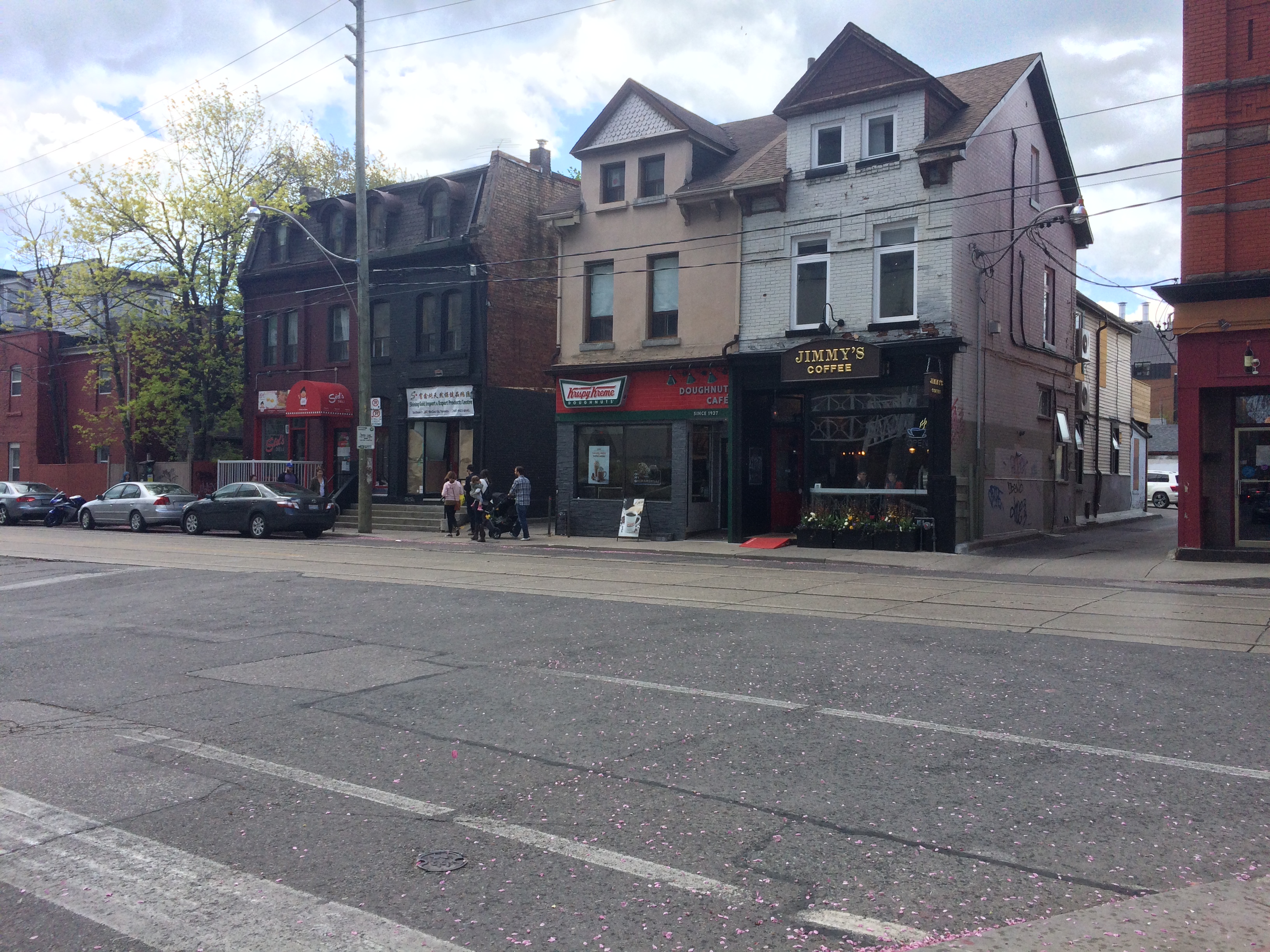
I went on an adventure looking for two things in Toronto: coffee and yarn.
I wanted to explore the city through it's cafes---something Edmonton doesn't have enough of. Finding odd coffee shops around town in the different neighbourhoods was a way for me to scratch my caffeine-addiction itch while planning my way through the different villages.
This is the building RBC reasearch and a number of other startups are based out of. It's right next to UofT campus and was apparently the first hospital in Upper-Canada. The research team is based out of what used to be the surgery room. Rumour has it unlucky patients were shuttled across the street via underground tunnels to the former biology building.
Up until this point, I hadn't had a chance to explore the city very thoroughly, so my impression of Toronto was based off of the university and it's downtown core---condos and offices. However, if you head in the right direction, a couple blocks away from the lab the high-rises immediately disappear and you're left with small houses and duplexes.
I ended up at yarns untangled, a small knitting store on the edge of Kensington market. One of the challenges of I've had in Edmonton is finding a knitting community that's close enough to where I live. I figured that in Toronto I might be able to find interesting hand-dyed Canadian yarn---stuff I wouldn't be able to get in Edmonton. I wasn't wrong. I just finished a jumper, and was looking to start a cardigan. They had the most beautiful green yarn. After petitioning the patrons on colour choices, I walked out with the buttons and wool to start a new sweater.
One of the things that really impressed me, was the number of people who were just knitting and socializing in the store. They really had a community going---everyone seemed to know each other. It was like a hub for near-by knitters.
Anna and I went to pekoe tea the other day. For the first time I was able to sit down and enjoy tea there. We both had a couple of green oolong teas which were served gong-fu style.
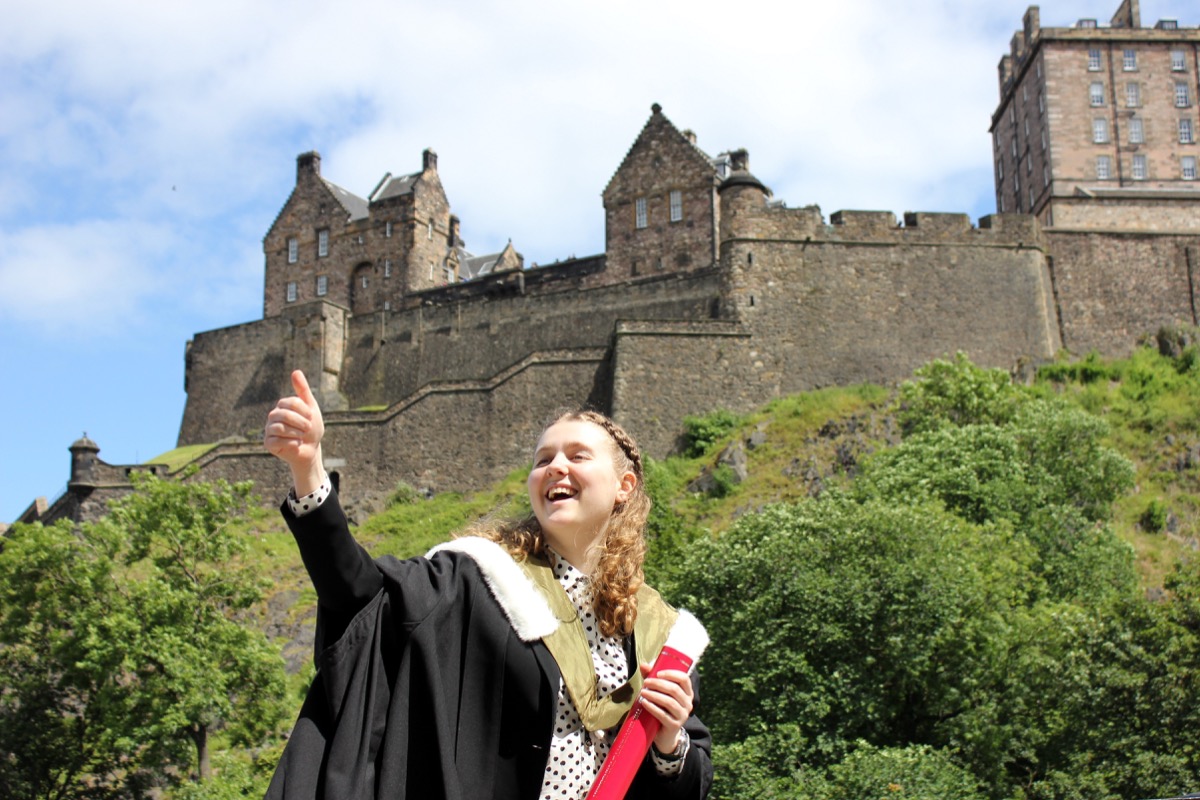
This year I completed my Undergraduate studies, graduating with a first in Artificial intelligence and computer science from the University of Edinburgh.
Unfortunately, due to refurbishment I didn't get to graduate in McEwan hall. As a result, the only time I've been able to appreciate McEwan was during my second year Probability exam. It wasn't really a good occasion to be staring at the murals on the ceiling.
As a surrogate we used Usher hall, the venue most of the symphony and chamber music events are held in.
Given how diminutive the informatics class is, we got bundled up with the school of Engineering. As a result, we had two honorary degree speeches. I forgot what the engineering guy did. The Computer Science speaker got the deal to develop minecraft for the X-box.
I guess that's vaguely interesting.
One of the quirks of the University of Edinburgh is that we don't wear mortarboard cap. Instead all graduates share the same hat. When walking across the stage, the vice-chancellor bops each student on the head.
Fun-fact: Piers Sellers offered to take the hat into space. Given space-ships occasionally explode (and the hat is sort-of important) a university emblem was taken to space and later sewn on the hat.
I got booped on the head with a space-hat.
I was fortunate enough to be able to get enough tickets for both my parents and grandparents. My family came over a couple weeks prior and we traipsed across Ireland and the highlands together.
I had one ticket left-over and Jammy had a free-morning. As a result, I was able to get Jam-Jam, father of polar bears, first of his name, to come along to my graduation.
Through Jammy's coaching, I was able to get booped on the head and collect a degree without falling in front of everyone.
Here's an example of a collection of images, or an album. So I've started this as a means of collating a group of related items.
I wanted the extension to be as minimal as possible. As a result, I treat a collection post the same way as any other post: there's no additional information or details associated with a collection. I manage this by making albums that are simply 'responses' to other posts on the site with the in-reply-to field. This lets me give all the individual images additional information, by letting them be their own posts. It's a bit of a hack and I'm kind-of using in-reply-to fields for something other than what they were originally intended for.
It's just a mock up, really, but it does what I need it to do. I still need to figure out what the most sensible way to display all this is. :/
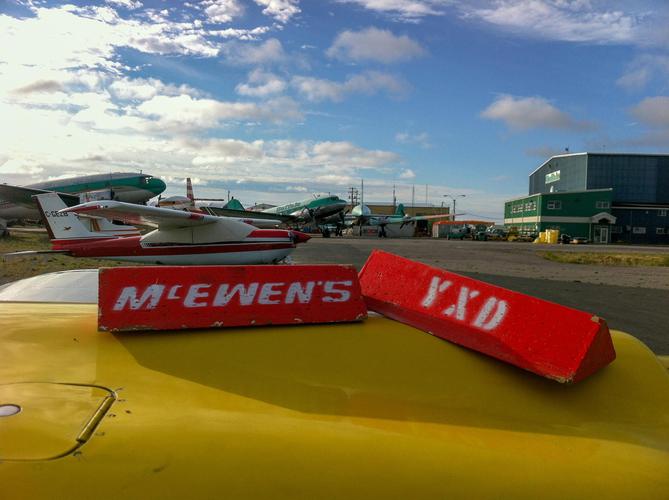
Provisional Post
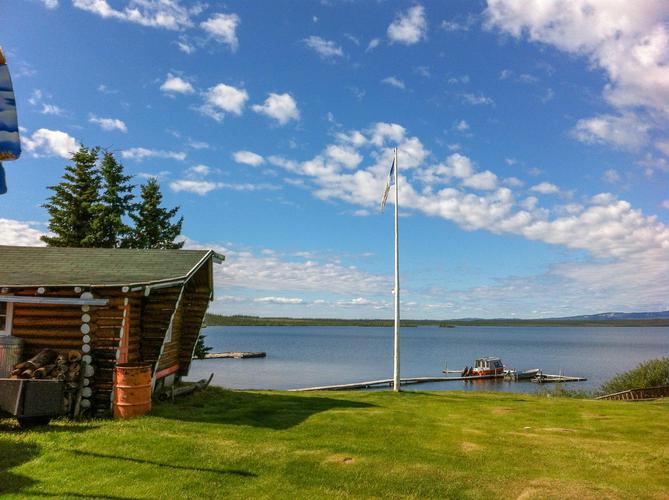
placeholder
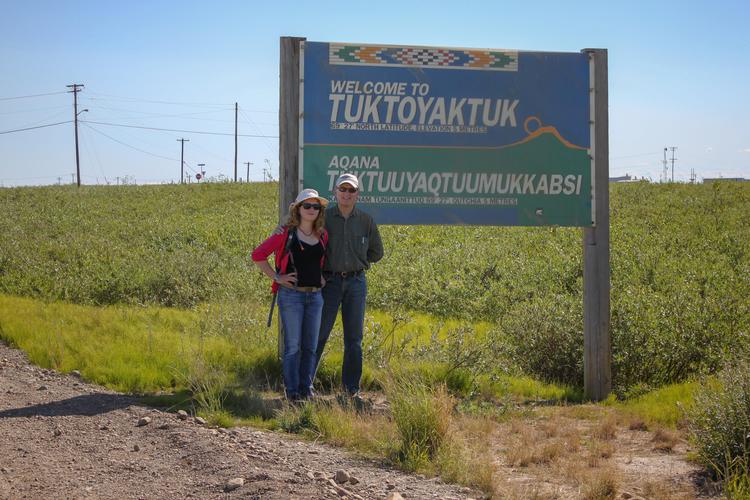
Just a placeholder
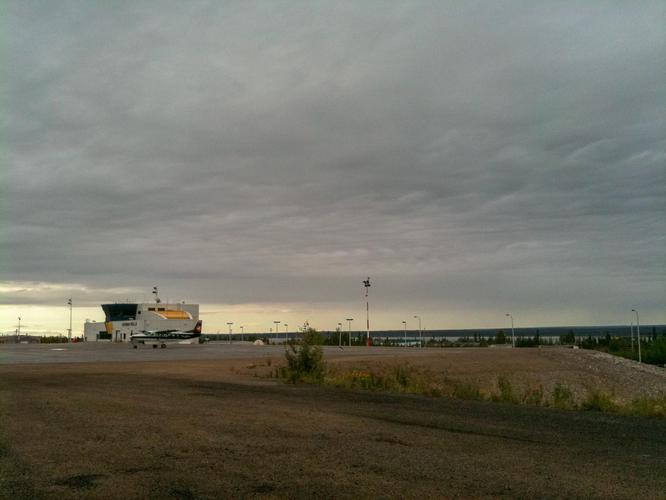
Just a placeholder for now.
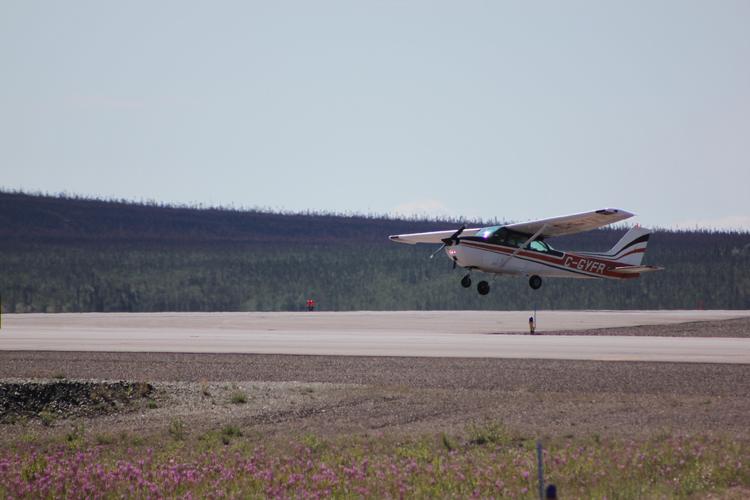
Just a placeholder for the album